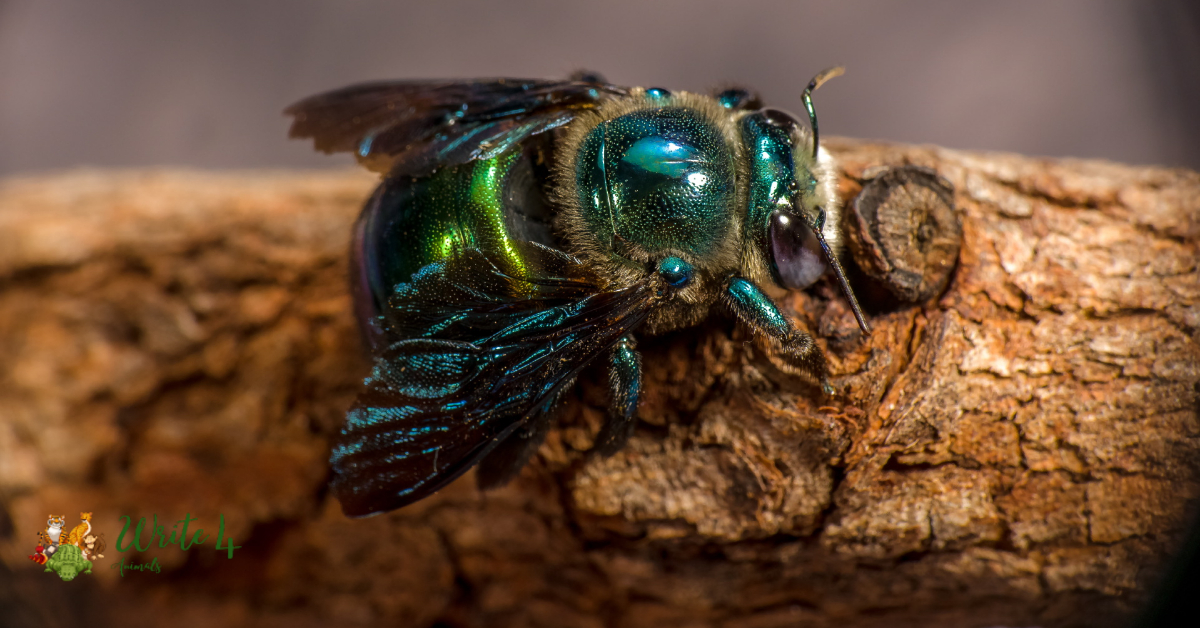Welcome, animal enthusiasts and curious minds! Today, we embark on an exciting journey to explore the diverse and often mysterious world of animals that start with X. While X may not be the most common letter in the animal kingdom, there are some fascinating creatures that bear this distinctive initial.
Let’s dive into the extraordinary and lesser-known members of the animal kingdom whose names begin with X, from birds to reptlies and many more.
80 Animals that Start with Letter X | Animals that start with X
Birds that start with X
1. Xantus’s Hummingbird
The Xantus’s Hummingbird, scientifically known as Hylocharis xantusii, is a mesmerizing avian species native to the Pacific coast of Mexico and Baja California. With its iridescent plumage and remarkable agility, this bird captivates observers as it flits from flower to flower, sipping nectar with its specialized beak.
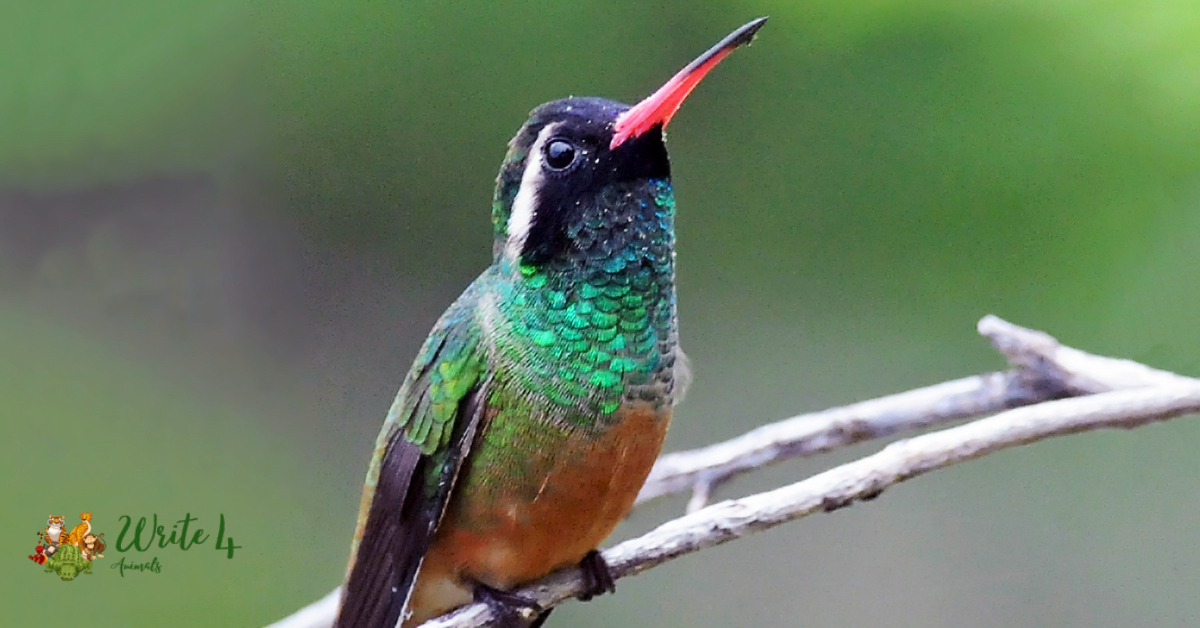
Despite its diminutive size, the Xantus’s Hummingbird plays a vital role in pollination, contributing to the health of various ecosystems along its range. Indeed, it stands as a testament to the remarkable diversity of animals that start with X.
2. Xenops
Xenops, belonging to the avian family Furnariidae, is a genus of small birds primarily found in Central and South America. These unassuming yet intriguing creatures are renowned for their distinctive long, slender bills, which they use to forage for insects and grubs among the bark of trees.
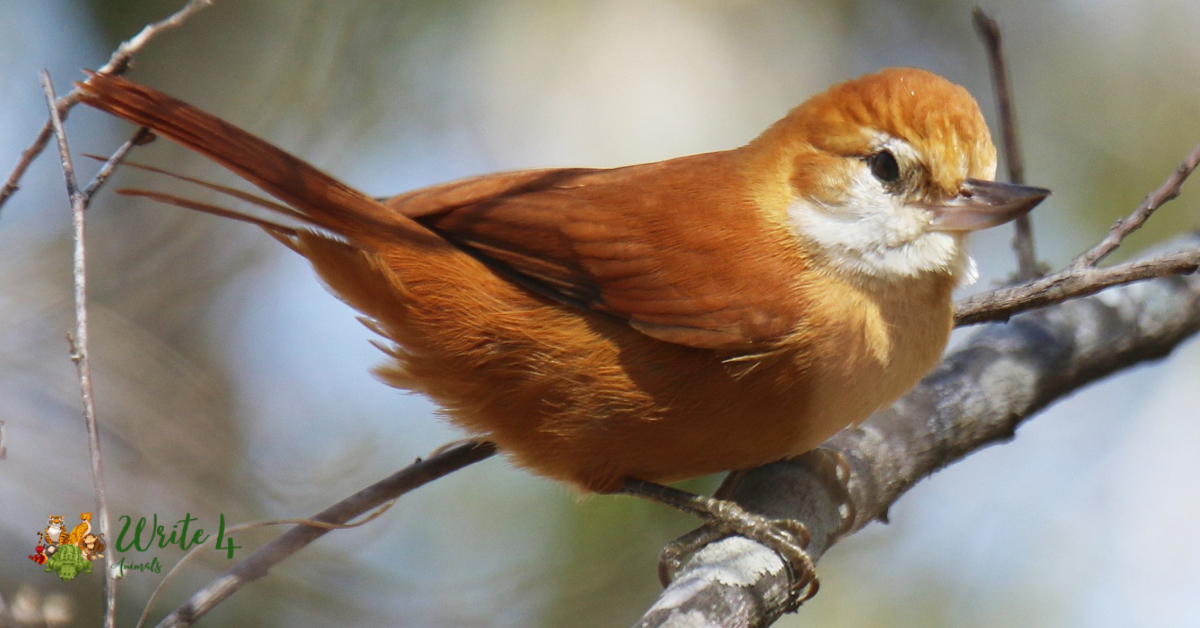
While they may not boast the vibrant plumage of some of their avian counterparts, Xenops exemplifies the adaptability and resilience of animals that start with the letter x.
3. Xenopsaris
Xenopsaris, also known as the Olive Warbler, is a species of passerine bird endemic to the mountains of Mexico and parts of the southwestern United States. Despite its name, the Olive Warbler is not a true warbler but rather belongs to its own monotypic family, Xenoperdix.
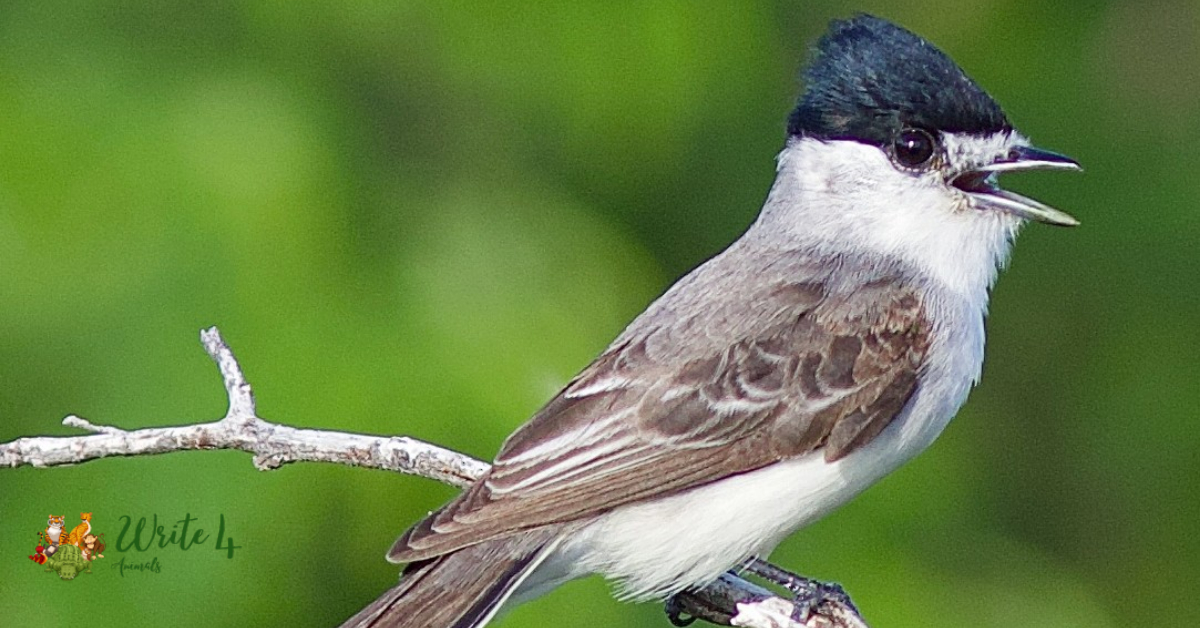
With its olive-green plumage and melodious song, Xenopsaris adds a touch of charm to its montane habitat, reminding us of the diverse array of animal begins with x.
4. Xantus’s Murrelet
The Xantus’s Murrelet, also referred to as Synthliboramphus hypoleucus, is a seabird species found along the Pacific coast of North America, from Alaska to central Baja California. Named after the Hungarian naturalist John Xantus de Vesey, this small member of the auk family is known for its striking black and white plumage and its habit of nesting in coastal cliffs.

While facing threats from habitat destruction and pollution, the Xantus’s Murrelet serves as a poignant reminder of the importance of conservation efforts for animals that start with X.
5. Xenicidae
Xenicidae, commonly known as New Zealand wrens or wren-warblers, is a family of small, insectivorous birds endemic to New Zealand. Despite their diminutive size, members of the Xenicidae family exhibit remarkable diversity in morphology and behavior, ranging from the rock wrens of alpine habitats to the rifleman, which inhabits dense forests. 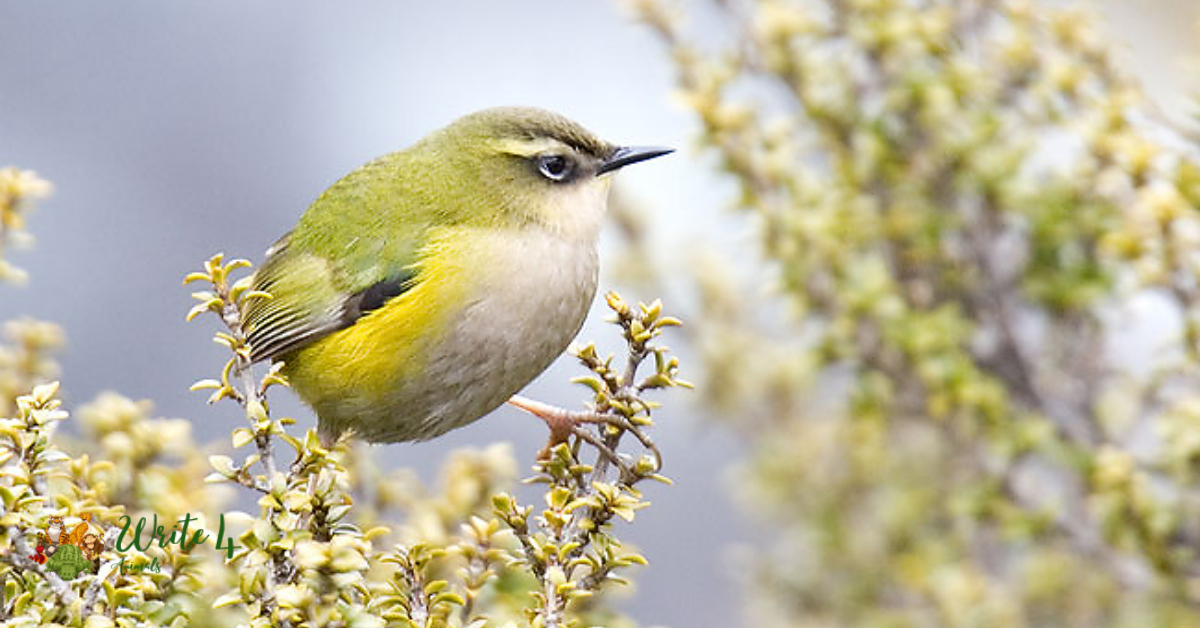
Through their evolutionary history on the isolated islands of New Zealand, Xenicidae exemplifies the adaptive radiation that characterizes many animals that start with X.
6. Xantus’s Swift
7. Xavier’s Greenbul
8. Xeme
9. Xantus’s Beardless-Tyrannulet
10. Xenicidae (New Zealand wrens)
Mammals that start with X
1. Xenorhina
Xenorhina, a genus of small mammals that start with X, are fascinating creatures native to New Guinea and adjacent islands. These unique mammals belong to the family Microhylidae and are commonly known as the Yellow-bellied Toads. Despite their name, Xenorhina are not actually toads but are instead terrestrial frogs with vibrant yellow underbellies. Their distinct coloration serves as a warning to predators, indicating that they possess toxins that can deter would-be attackers.

Xenorhina species are primarily arboreal, spending much of their time in the dense vegetation of tropical rainforests. Their small size and agile movements allow them to navigate through the foliage with ease, preying on insects and other small invertebrates.
2. Xerus (African Ground Squirrel)
Xerus, commonly known as African Ground Squirrels, are charismatic mammals that start with X found throughout the savannahs and grasslands of Africa. These small rodents are highly social animals, often living in colonies comprised of multiple individuals. Their burrow systems, which they dig with impressive efficiency, provide shelter from predators and harsh weather conditions.
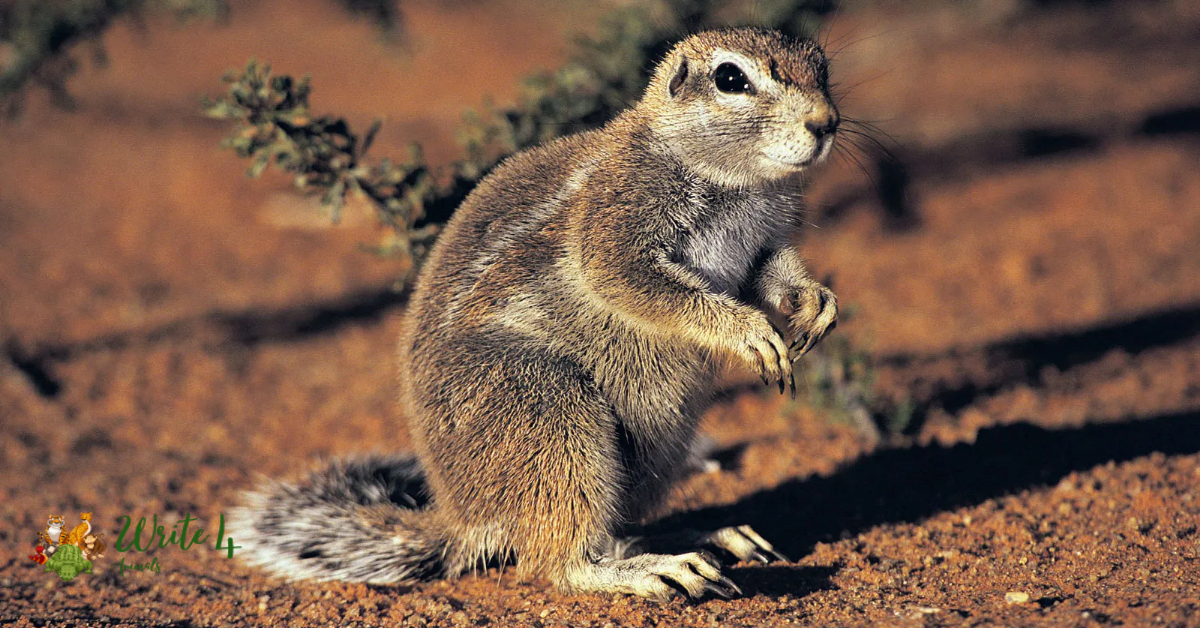
African Ground Squirrels exhibit a wide range of behaviors, from foraging for seeds and plant matter to engaging in playful interactions with colony members. Their keen senses and agile movements allow them to evade predators such as birds of prey and carnivorous mammals that roam their habitats.
3. Xenicidae (New Zealand Mice)
In the unique ecological tapestry of New Zealand, the Xenicidae, commonly known as New Zealand mice, are small mammals that have adapted to their island environment over time. These mice represent an intriguing example of convergent evolution, evolving mouse-like features independently from their distant relatives elsewhere.
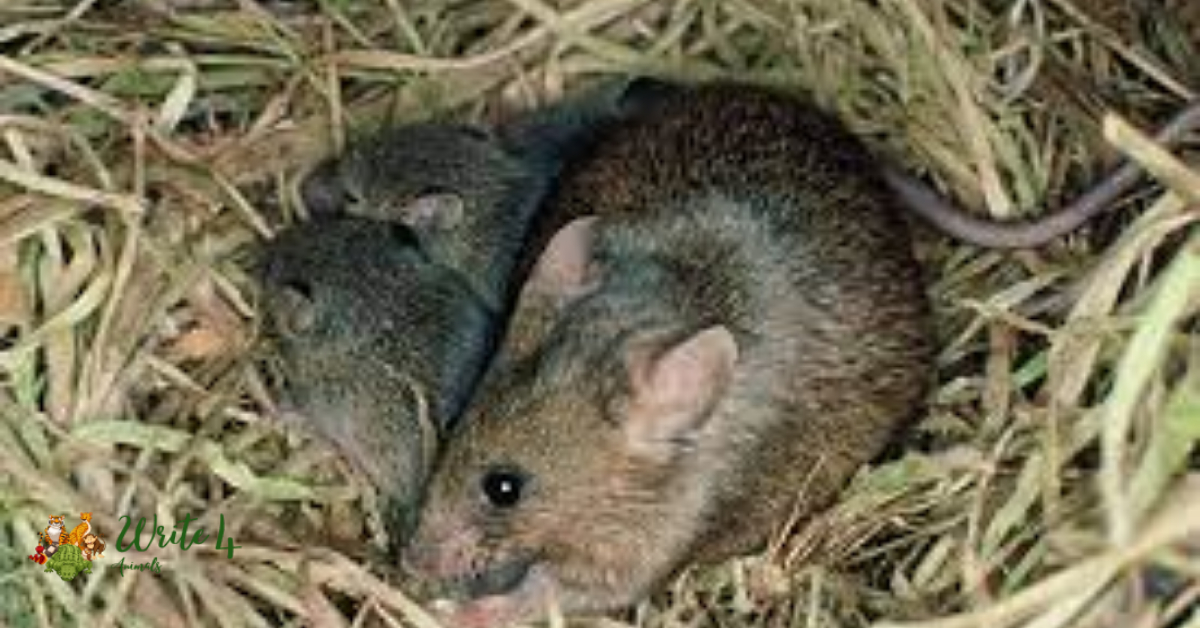
With a diet consisting of seeds, fruits, and insects, they contribute to the delicate balance of New Zealand’s ecosystems. However, their presence also underscores the challenges of invasive species, emphasizing the importance of conservation efforts to protect the native flora and fauna of this isolated island nation.
4. Xoloitzcuintli (Mexican Hairless Dog)
Step into the rich cultural history of Mexico, and you’ll encounter the Xoloitzcuintli, an ancient and revered breed of dog. Also known as the Mexican Hairless Dog or Xolo, this unique canine has been a companion to humans for over 3,000 years. Celebrated in Aztec mythology as guides to the afterlife, Xolos are recognized for their loyalty and intelligence.
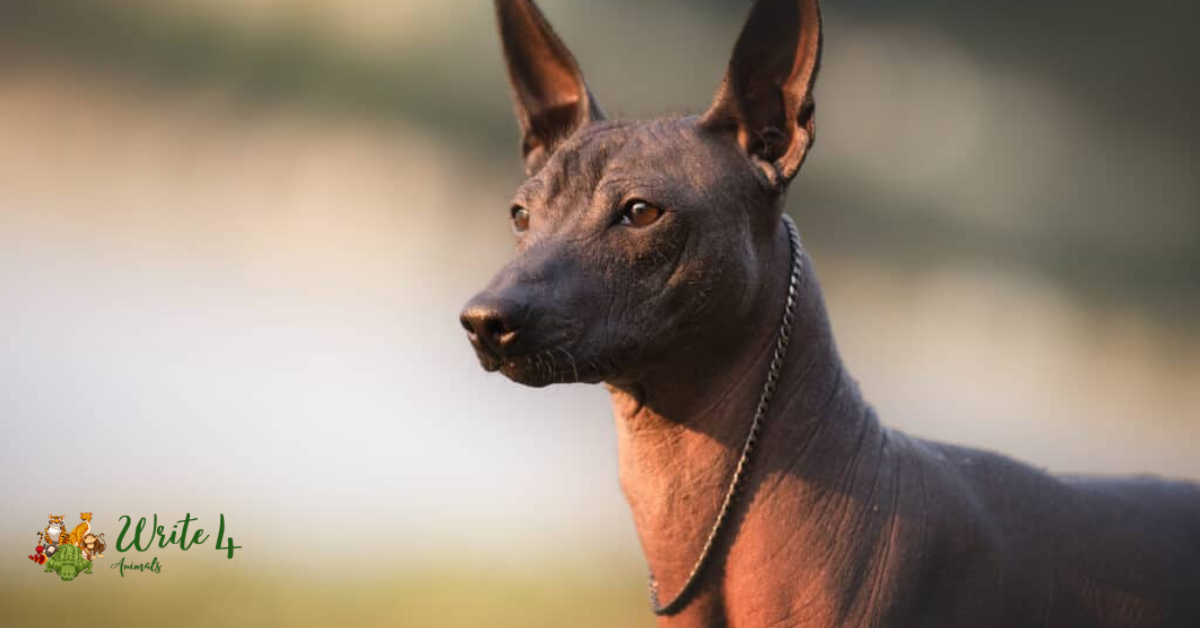
Their hairless coat, a distinctive trait, sets them apart in the world of dog breeds. Today, Xolos continue to play a special role in Mexican culture, symbolizing companionship, protection, and a connection to the country’s rich heritage.
5. Xenopsylla cheopis (Oriental rat flea)
6. Xoni (a type of bat)
7. Xantusia (Night Lizard)
8. Xenurus unicinctus (a type of armadillo)
Reptiles that start with letter X
1. Xenochrophis (Genus of Snakes)
Xenochrophis, a genus of snakes commonly known as keelback snakes, showcases the diversity of animal begins with x. These reptiles are predominantly found in Asia, inhabiting a range of aquatic and terrestrial habitats. Xenochrophis snakes are characterized by their keeled scales, which give them a rough texture and aid in water propulsion. Despite their largely non-venomous nature, some species within this genus possess mild venom, primarily used for subduing prey. One fascinating aspect of Xenochrophis is their adaptability to various environments, from marshes and riversides to agricultural fields.
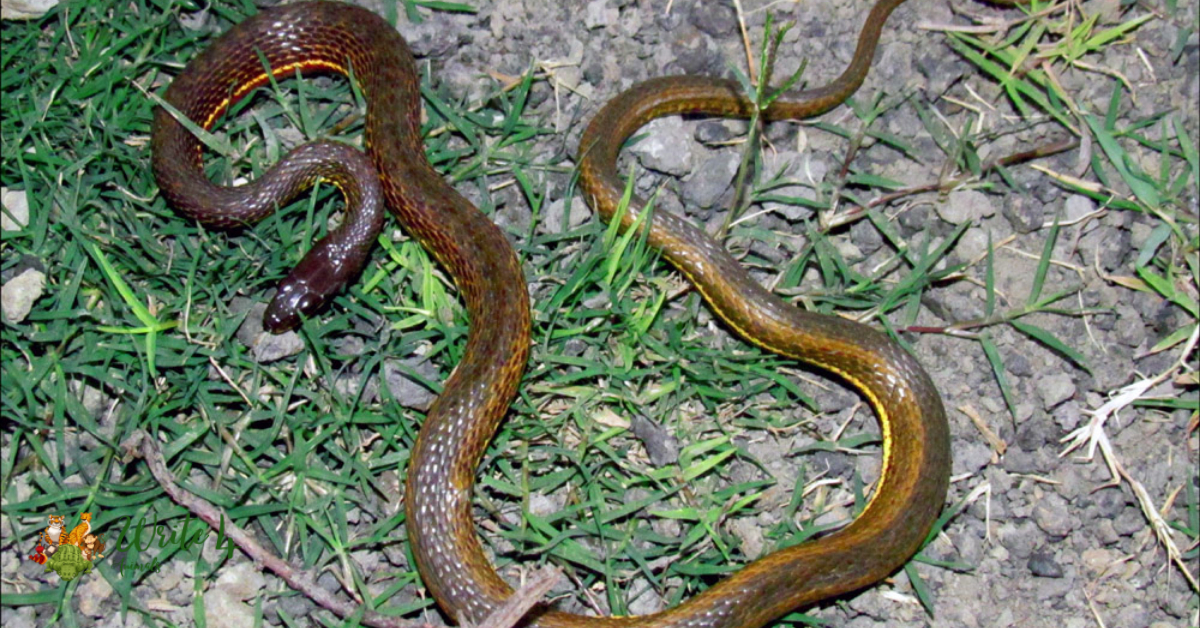
In the realm of reptiles that start with X, Xenochrophis stands out as a prime example of evolutionary success. Their ability to thrive in diverse ecosystems underscores the resilience of these creatures. Whether basking on sunlit banks or hunting for prey beneath murky waters, Xenochrophis snakes play a crucial role in their respective ecosystems, contributing to the delicate balance of nature.
2. Xenodermus (Genus of Snakes)
Among reptiles that start with X, Xenodermus, or the dragon snake, is a captivating species found in Southeast Asia. This unique snake earns its name from the dragon-like appearance of its scales, which are heavily keeled and give the animal a distinctive armored look. Xenodermus is primarily aquatic, inhabiting freshwater streams and swamps where it preys on fish, frogs, and other aquatic creatures.
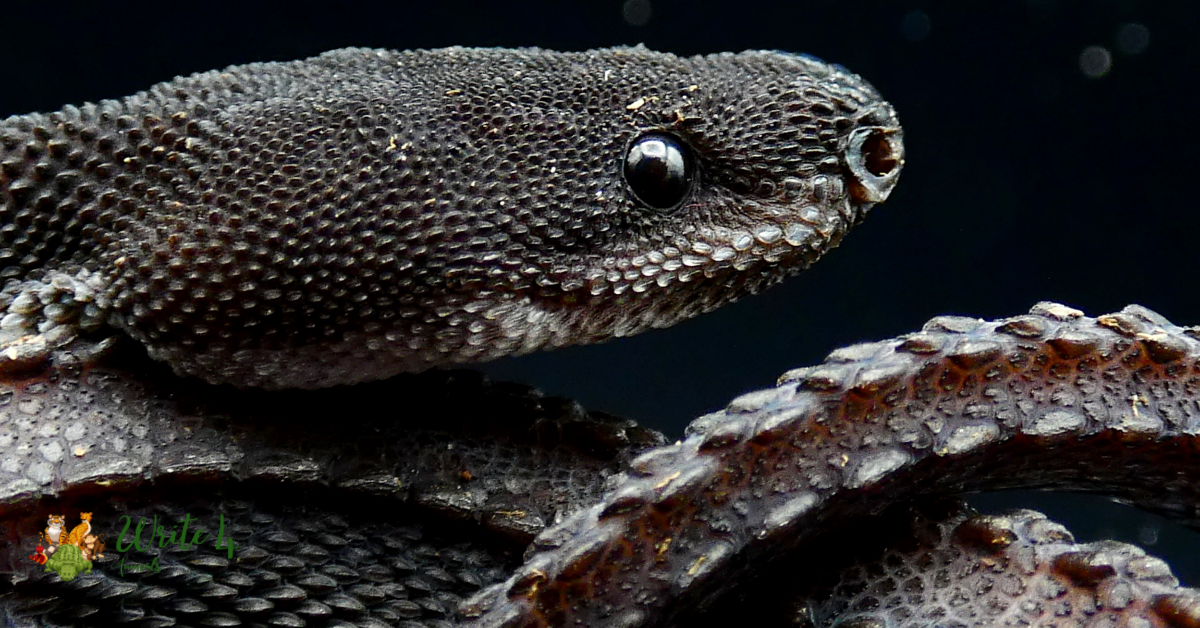
What sets Xenodermus apart from other snakes is its cryptic behavior and elusive nature. Despite its striking appearance, this reptile is seldom seen in the wild due to its secretive habits. Xenodermus relies on stealth and camouflage to evade predators and ambush prey, making it a formidable predator in its underwater domain.
3. Xenopeltidae (Sunbeam Snakes)
Explore the subterranean wonders of Southeast Asia, and you may encounter the Xenopeltidae, commonly known as sunbeam snakes. These elusive, burrowing serpents possess a mesmerizing iridescence, creating a play of colors reminiscent of sunlight filtering through the foliage.
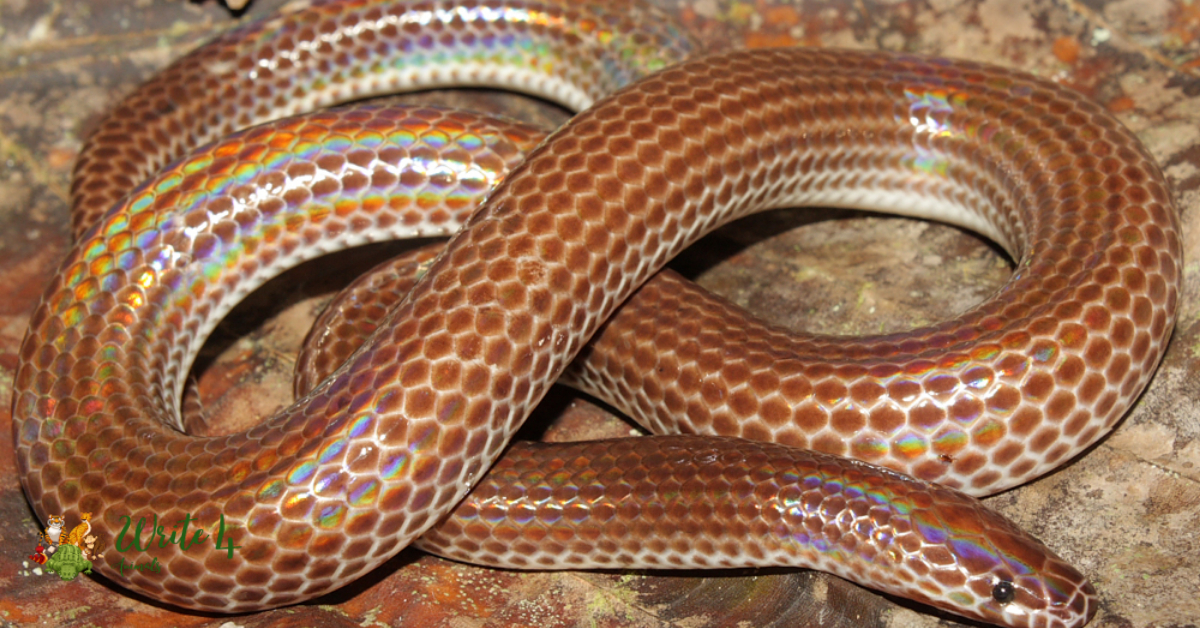
Adapted to a life underground, sunbeam snakes have specialized scales that enhance their ability to burrow through soil. Although primarily nocturnal, their occasional surface appearances add a touch of enchantment to the tropical landscapes they call home. The sunbeam snake’s presence in folklore and local mythology further underscores its mystical allure and the reverence it holds in the hearts of those who share its habitat.
5. Xenopholis undulatus (undulated coral snake)
6. Xerotyphlops (a genus of blind snakes)
Fish that start with X
1. Xenisthmus (Genus of Gobies)
Explore the coastal wonders of the Indo-Pacific, and you may encounter the Xenisthmus, a genus of gobies that adds a touch of diversity to coral reefs and shallow coastal waters. Characterized by their small size and intricate coloration, Xenisthmus gobies are skilled burrowers, utilizing sandy substrates for shelter.
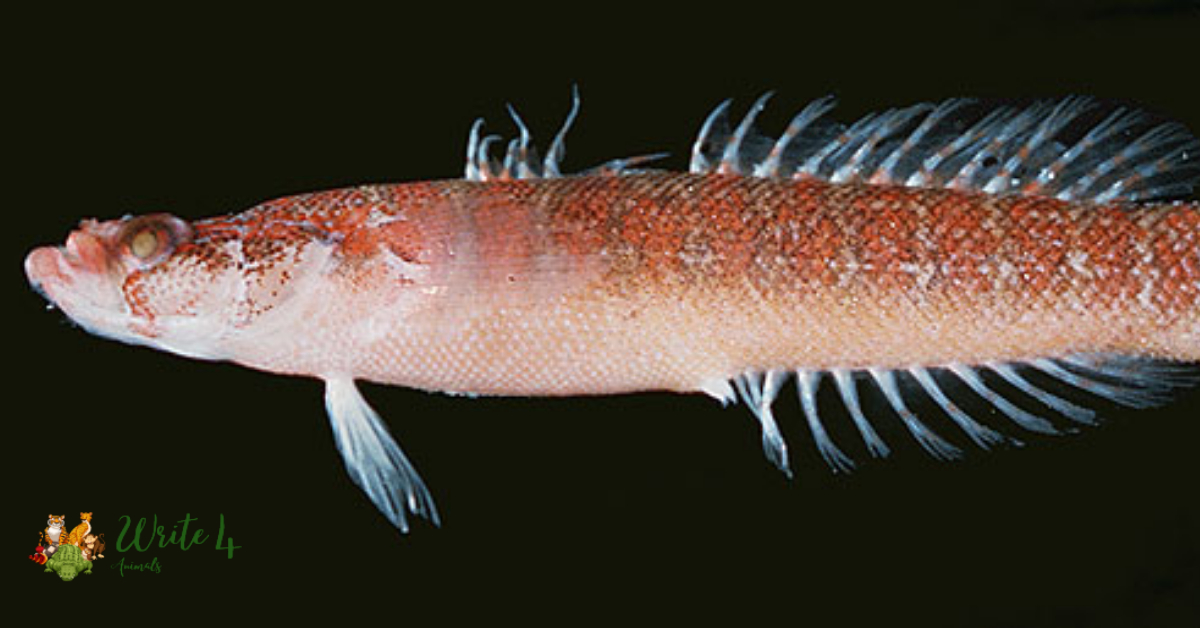
Their unassuming appearance belies their fascinating social structures and behaviors, making them a subject of interest for marine biologists and aquarists alike. As integral members of the intricate coral reef ecosystems, Xenisthmus gobies contribute to the health and dynamics of these vibrant underwater communities.
2. Xenocyprioides (Genus of Catfish)
In the freshwater habitats of Southeast Asia, the Xenocyprioides catfish navigate the labyrinthine river systems, contributing to the rich biodiversity of the region. This genus of catfish, often found in the rivers of Thailand and Laos, showcases a streamlined body and barbels adapted for detecting prey in the murky waters they call home.
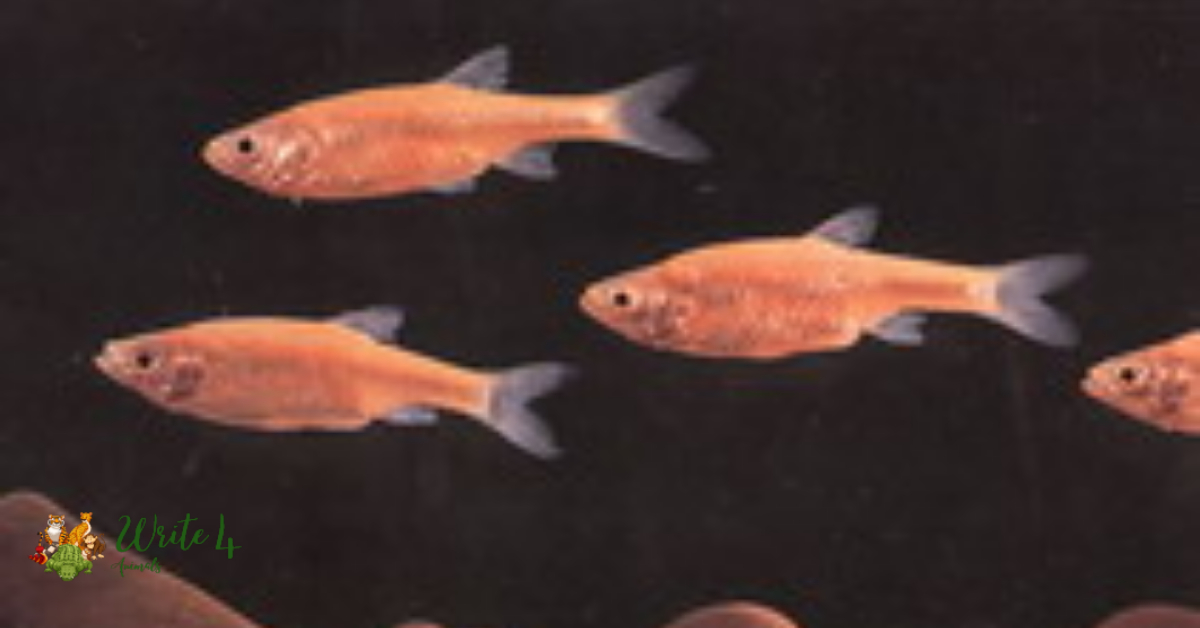
With their nocturnal habits and omnivorous diet, Xenocyprioides catfish play a vital role in nutrient cycling and maintaining the ecological balance of their aquatic ecosystems. Their unique adaptations and behaviors provide a glimpse into the intricate web of life beneath the water’s surface.
4. Xenomystus (Genus of Elephantfish)
Journey into the waterways of Central Africa, and you may encounter the Xenomystus, a genus of elephantfish known for its distinctive appearance and intriguing behaviors. These nocturnal, freshwater fish are recognized for their elongated snouts and specialized electroreceptors, which they use to navigate and detect prey in low-light conditions.
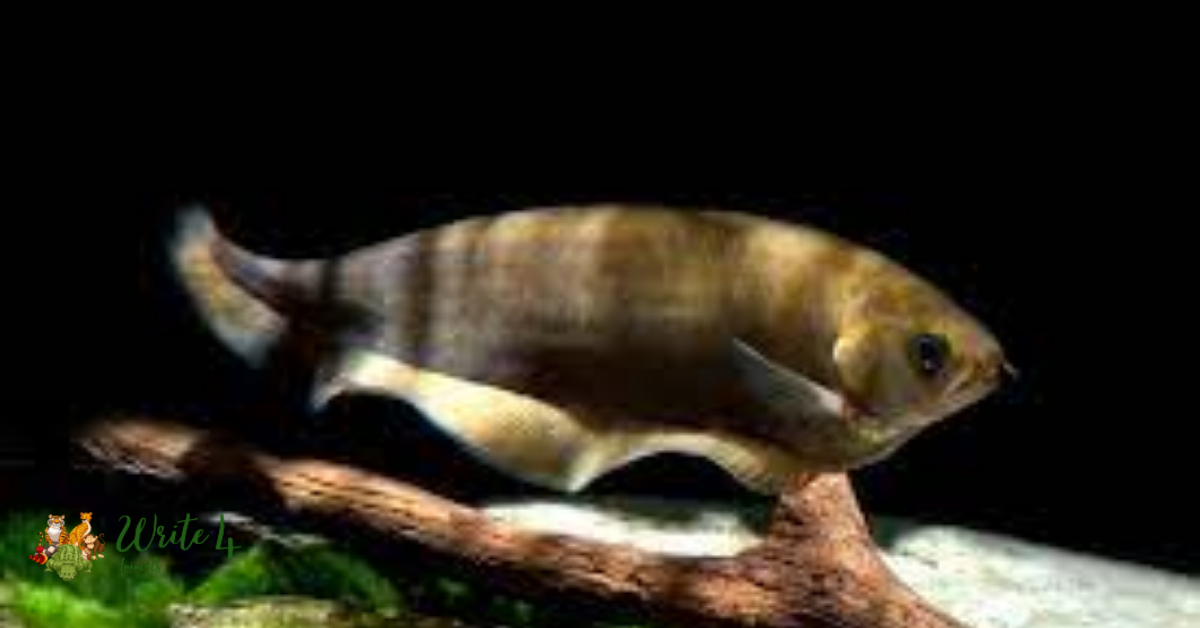
Found in the Congo River basin, Xenomystus species are not only visually striking but also contribute to the aquatic ecosystems by controlling insect populations. Their unique adaptations and sensory capabilities highlight the evolutionary marvels that have allowed them to thrive in the dynamic environments they inhabit.
4. Xenopoecilus (Genus of Livebearers)
Delve into the world of livebearing fish, and you’ll encounter the Xenopoecilus, a genus known for its fascinating reproductive strategies and vibrant coloration. These small, tropical fish are found in the freshwater streams and ponds of the Caribbean islands, where they exhibit viviparous reproduction, giving birth to live offspring instead of laying eggs.
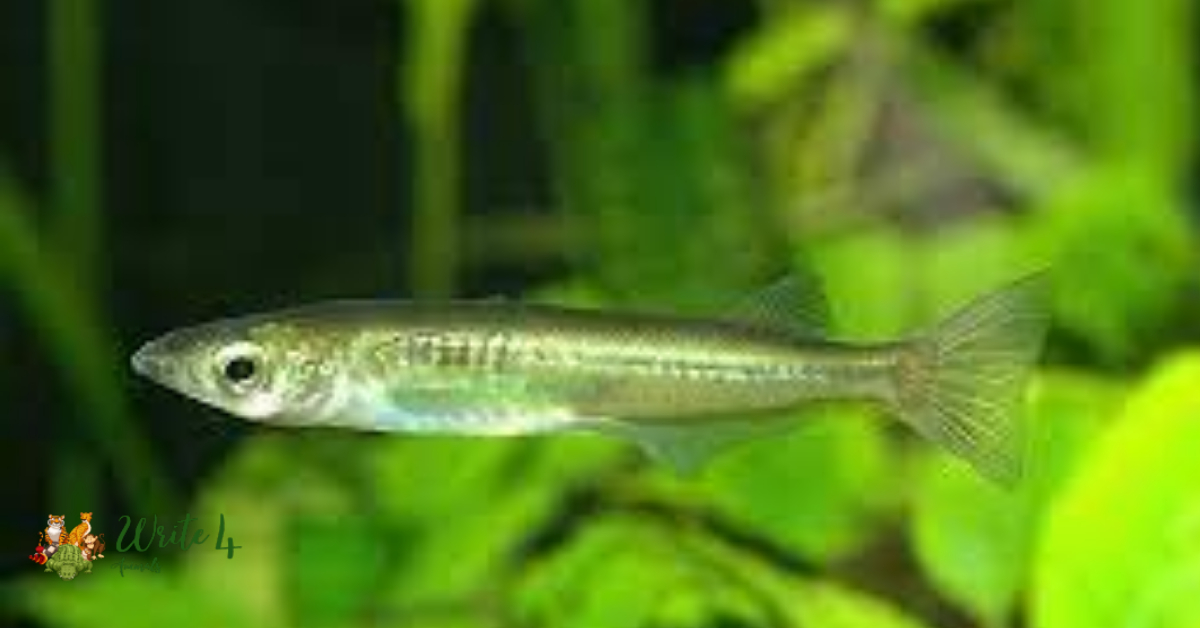
Beyond their reproductive uniqueness, Xenopoecilus livebearers are admired for their striking patterns and hues, making them popular among aquarium enthusiasts. Their presence in the aquatic landscapes emphasizes the diverse array of reproductive strategies and adaptations that contribute to the evolutionary success of aquatic life forms.
5. Xenotilapia (a genus of cichlids)
6. Xenotoca (a genus of splitfins)
7. Xenocephalus (a genus of stickleback fish)
8. Xenophysogobio (a genus of stone loach)
9. Xanthichthys mento (yellowtail coris)
10. Xenaplocheilus kyphus (an endangered fish)
Insects that start with letter X
1. Xylocopa (Genus of Carpenter Bees)
Take a journey into the world of pollinators, and you’ll discover Xylocopa, a genus of carpenter bees renowned for their vital role in ecosystem dynamics. Recognized for their robust bodies and distinctive buzzing flight, Xylocopa species are proficient pollinators of flowering plants.
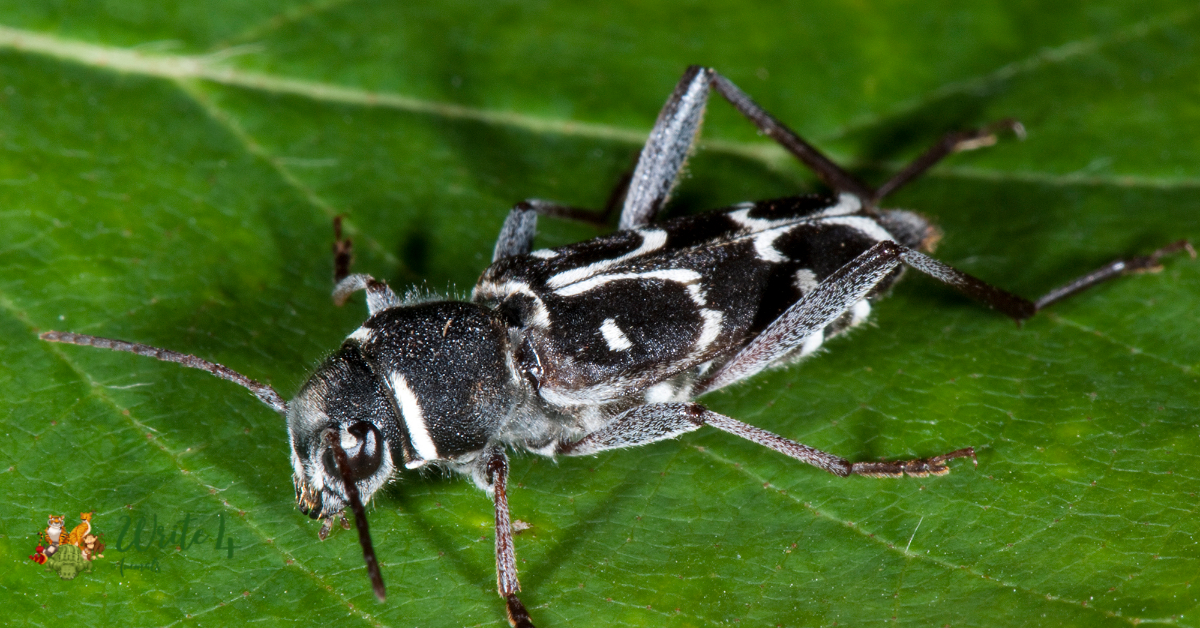
What sets them apart is their ability to bore into wood to create nests, contributing to the decomposition of dead wood and nutrient cycling in forested habitats.
These remarkable bees not only showcase the interconnectedness of flowering plants and their pollinators but also highlight the crucial role they play in maintaining the health and biodiversity of terrestrial ecosystems.
2. Xyris (Genus of Damselflies):
Hovering near the edges of freshwater habitats, the delicate Xyris damselflies add grace to aquatic ecosystems. Characterized by their slender bodies and intricately patterned wings, these damselflies are often found near streams, ponds, and wetlands. Their vibrant colors and agile flight make them captivating subjects for observers of nature.
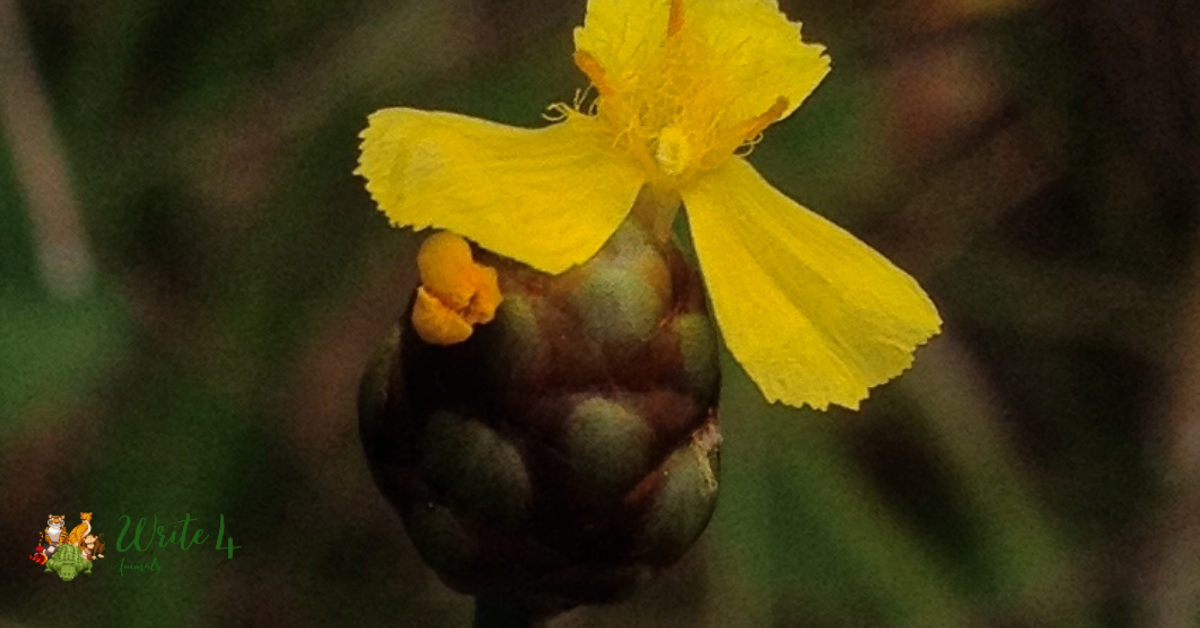
As predators of smaller insects, Xyris damselflies contribute to the regulation of insect populations, playing a crucial role in maintaining the ecological balance of their watery habitats. Studying the life cycle and behaviors of Xyris damselflies offers insights into the interconnected web of life in freshwater environments.
3. Xysticus (Genus of Crab Spiders):
Enter the intricate world of arachnids, and you’ll encounter Xysticus, a genus of crab spiders known for their unique hunting strategies. With a crab-like appearance and the ability to move sideways, Xysticus spiders are adept ambush predators, patiently waiting for unsuspecting prey on flowers, foliage, or even the ground.

Their coloration often mimics their surroundings, providing effective camouflage. As versatile predators, Xysticus spiders contribute to the control of insect populations in various ecosystems.
Observing the hunting techniques and behaviors of Xysticus spiders offers valuable insights into the dynamic interactions between spiders and their environments.
4. Xenos (Genus of Parasitic Wasps)
Delve into the intricacies of parasitism, and you’ll encounter Xenos, a genus of parasitic wasps that displays a captivating and somewhat eerie life cycle. These tiny wasps are parasitoids, with their larvae developing inside a host insect. Xenos species are specifically adapted to parasitize ants, injecting their eggs into the ant’s body.
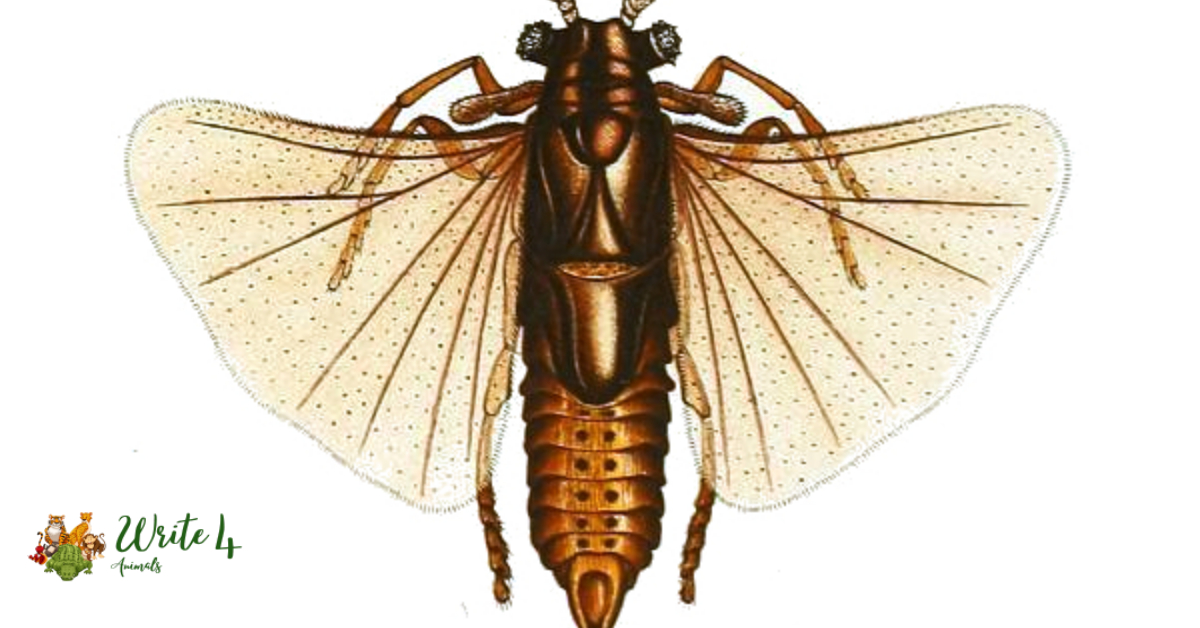
The wasp larva then manipulates the ant’s behavior, causing it to carry the developing wasp larva until it pupates. This intricate relationship showcases the complex strategies employed by parasitic wasps to ensure the survival of their offspring. Studying Xenos provides valuable insights into the sophisticated adaptations that have evolved in parasitic relationships within the microcosm of the insect world.
5. Xylotrechus (Genus of Longhorn Beetles)
Step into the diverse realm of beetles, and you’ll encounter Xylotrechus, a genus of longhorn beetles distinguished by their elongated antennae and robust bodies. These beetles inhabit various habitats, ranging from forests to grasslands. Xylotrechus species play crucial roles in ecosystems, participating in nutrient cycling by feeding on decaying wood.
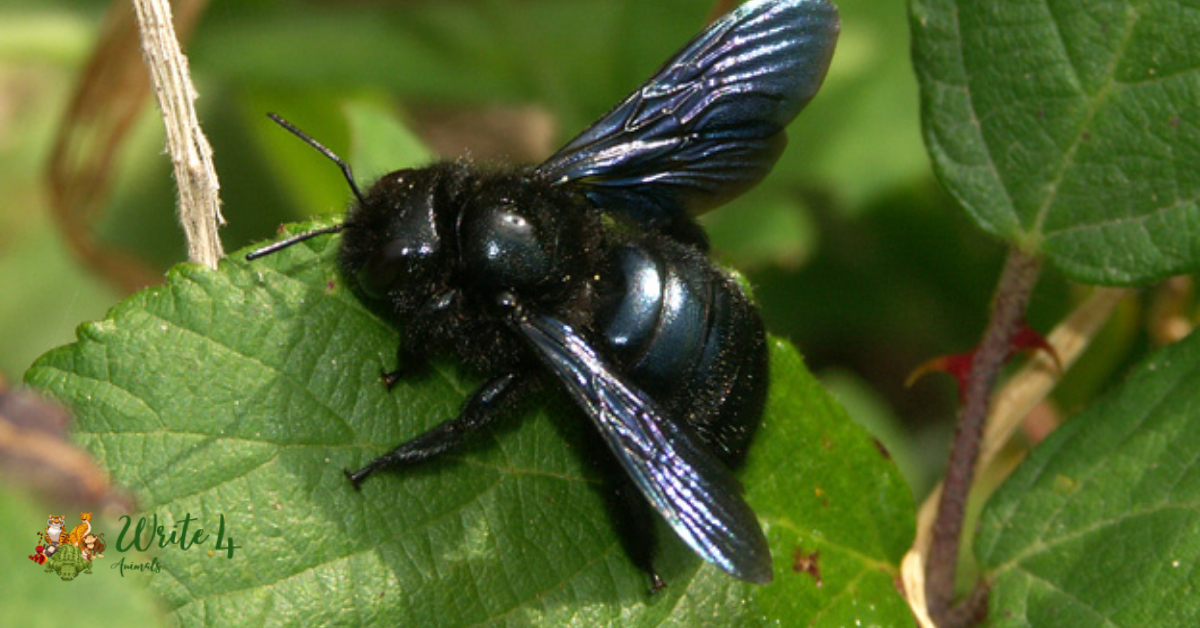
While their larvae develop within dead or decaying wood, the adults contribute to pollination and serve as prey for other organisms. The presence of Xylotrechus beetles underscores the importance of beetles in ecological processes, demonstrating their multifaceted contributions to the balance and functionality of diverse ecosystems.
What are the Zoo Animals That Start with X?
In the realm of zoos, identifying animals that start with x can be a unique challenge due to the scarcity of such species. However, one notable zoo inhabitant is the X-ray Tetra, a small and vibrant fish native to South America.
Additionally, some zoos may feature the Xoloitzcuintli, or Mexican Hairless Dog, an ancient breed with cultural significance. While not as abundant as animals from other letters, these species contribute to the diverse tapestry of life within select zoological parks.
Are There Exotic Animals That Start with X?
Exotic animals beginning with the letter x often showcase unique adaptations and appearances. Examples include the Xenophrys, a genus of frogs with remarkable camouflage skills, and the Xenops, a slender-billed passerine bird found in Central and South American forests. These exotic creatures, with their distinct characteristics, captivate the attention of nature enthusiasts and contribute to the fascination surrounding the world of wildlife.
Can You Name Some Sea Animals That Start with X?
Sea animals starting with x are intriguing inhabitants of the ocean’s depths. The Xenophyophore, a single-celled organism found in the deep sea, and the Xenacanthus, a prehistoric shark, are examples of marine life with names beginning with this rare letter. While not as numerous as species from other letters, these sea animals highlight the diversity of life in the world’s oceans, showcasing the marvels of evolution and adaptation in underwater environments.
What Wild Animals Start with X?
Wild animals beginning with x are often associated with specific regions and ecosystems. The Xantus’s Hummingbird, native to Baja California and Mexico, and the Xenocyprioides, a catfish found in Southeast Asia, are examples of such creatures. Despite their limited representation, these animals play vital roles in their respective ecosystems, contributing to the intricate balance of nature in the wild.
Other Animals that start with letter X
1. Xenophyophore
2. Xanthidae (crabs)
3. Xanthonura (a genus of mites)
4. Xanthomera (a genus of beetles)
5. Xenophrys (a genus of frogs)
6. Xiphosura (horseshoe crabs)
7. Xenosaurus (a genus of lizards)
8. Xenoceratops (a dinosaur)
9. Xylophanes (a genus of moths)
10. Xanthopan (a genus of moths)
11. Xerophyllum (a genus of plants)
12. Xenocyclus (a genus of spiders)
13. Xanthomendoza (a genus of lichens)
14. Xestia (a genus of moths)
15. Xuthus swallowtail (a butterfly)
16. Xylocopa (carpenter bees)
17. Xyrauchen texanus (razorback sucker fish)
18. Xylotrechus (a genus of beetles)
19. Xenopsylla (fleas)
20. Xyrichtys (razorfish)
21. Xenoglaux (a genus of owls)
22. Xylographus (a genus of beetles)
23. Xantusiidae (night lizards)
24. Xenophora (carrier shells)
25. Xylaria (a genus of fungi)
26. Xanthochromism (coloration in animals)
27. Xanthopimpla (a genus of wasps)
28. Xenodacnis (a genus of birds)
29. Xyris (yellow-eyed grass)
Also Read
1. Top 12 Most Rude Animals in the World 2023
2. Top 12 Most Energetic Animals in the World
